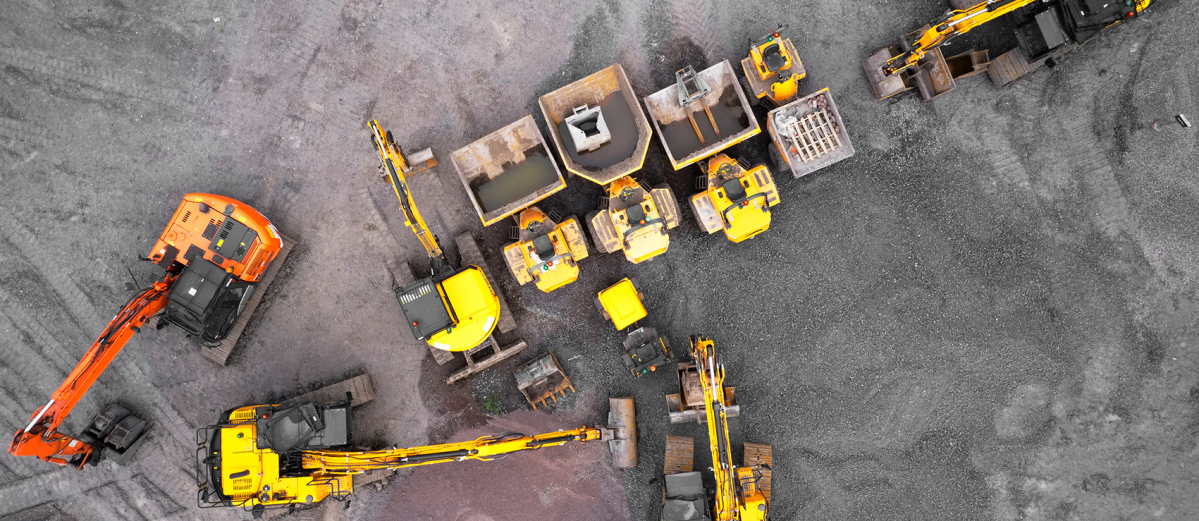
It’s not all about cladding… What property investors need to know
Anusha Peries, Real Estate Advisor, explains the recent changes to safety regulations impacting property investment.

The Grenfell Tower tragedy in 2017 thrust the issue of building safety and fire regulation into the national spotlight.
While the inquiry into the causes and contributing factors continues, the construction and property industries, tenants and owners all continue to feel the impact.
Not only are there continuing safety concerns with hundreds, if not thousands of buildings with cladding which might not meet the required standards – but uncertainty abounds for those stuck in their properties, unable to sell.

The External Wall Fire Review Process (or EWS) was introduced to try to provide confidence that the external wall system on residential buildings had been assessed for fire safety by an appropriately qualified expert.
Importantly for investors, lenders now require an EWS1 form for mortgage loans on residential buildings above four storeys due to concerns about onerous remediation costs associated with unsafe exterior building fabric, which may ultimately impact negatively on the property value.
Recently, the RICS issued updated guidance on which types of building require as EWS1 form.
For buildings over six storeys, an EWS1 form should be required where:
- There is cladding or curtain wall glazing on the building; or
- there are balconies which stack vertically above each other and either both the balustrades and decking are constructed with combustible materials (e.g. timber) or the decking is constructed with combustible materials and the balconies are directly linked by combustible material.
For buildings of five or six storeys an EWS1 form should be required where:
- There is a significant amount of cladding on the building (for the purpose of this guidance, approximately one quarter of the whole elevation estimated from what is visible standing at ground level is a significant amount); or
- There are ACM, MCM or HPL panels on the building; or
- There are balconies which stack vertically above each other and either both the balustrades and decking are constructed with combustible materials (e.g. timber), or the decking is constructed with combustible materials and the balconies are directly linked by combustible materials.
For buildings of four storeys or fewer an EWS1 form should be required where:
- There are ACM, MCM or HPL panels on the building.
The current guidance can be summarised as follows:
- Building owners are legally required to undertake fire risk assessments on all residential properties.
- Sprinkler systems are required for all new residential buildings over 11m.
- Owners of residential properties over 18m with cladding must obtain an EWS1 form prior to selling or re-mortgaging.
- Owners of buildings without cladding do not need an EWS1 form to sell or re-mortgage their property.
However, at present, there is a shortage of qualified fire safety engineers who can complete the assessment and subsequent EWS1 form. Delays in getting an EWS1 form can, in turn, hold up mortgage approvals.
What property investors need to know about EWS1
There is a training program underway to increase the number of qualified professionals by 2,000 by the end of 2021. This potential increase in assessors should help to see more transactions of flats in the property market which ultimately helps first-time buyers and those seeking to move up the housing ladder as well as investors.
The Government has allocated a further £3.5bn to the existing fund of £1.6bn to tackle the remediation costs for higher-rise buildings; however, it is likely the actual figure needed is likely to be far greater. Therefore, early application to the fund by those requiring it is crucial. There are also plans for a long-term low-interest financial support scheme for the removal of cladding on buildings between four and six storeys. The links below provide the required guidance.
Guide for responsible entities who can apply for funding to assist with replacing unsafe Aluminium Composite Material (ACM) cladding systems on private residential buildings.
Guidance and declaration form to ensure that payments from the fund comply with state aid regulations.
Government action needed on Aluminium Composite Material
It is recognised that the Government and industry bodies need to do far more in this area, and ongoing consultations are underway with the view to provide robust, efficient and clear guidance alongside statutory regulations, but this may take a number of years.
Whilst currently the requirements are generally only for residential buildings above 18m, it is likely that all residential buildings will at some point in the near future be required to comply with tighter fire safety measures, not just on the exterior wall system but throughout the building.
Further advice can be found at several Government and industry body websites including:
https://www.gov.uk/government/news/government-steps-in-to-help-homeowners-caught-up-in-ews1-process
https://www.rics.org/uk/news-insight/latest-news/fire-safety/cladding-qa/
https://www.gov.uk/government/publications/private-sector-acm-cladding-remediation-fund-prospectus
To search for existing EWS1 forms visit the Fire Industry Association portal (however this portal is in its infancy and is not comprehensive):
Author -

Anusha Peries
Real Estate Advisor
Anusha Peries is a Real Estate Advisor at Arbuthnot Latham. She has MRICS accreditation and has more than 17 years of real estate advisory experience.